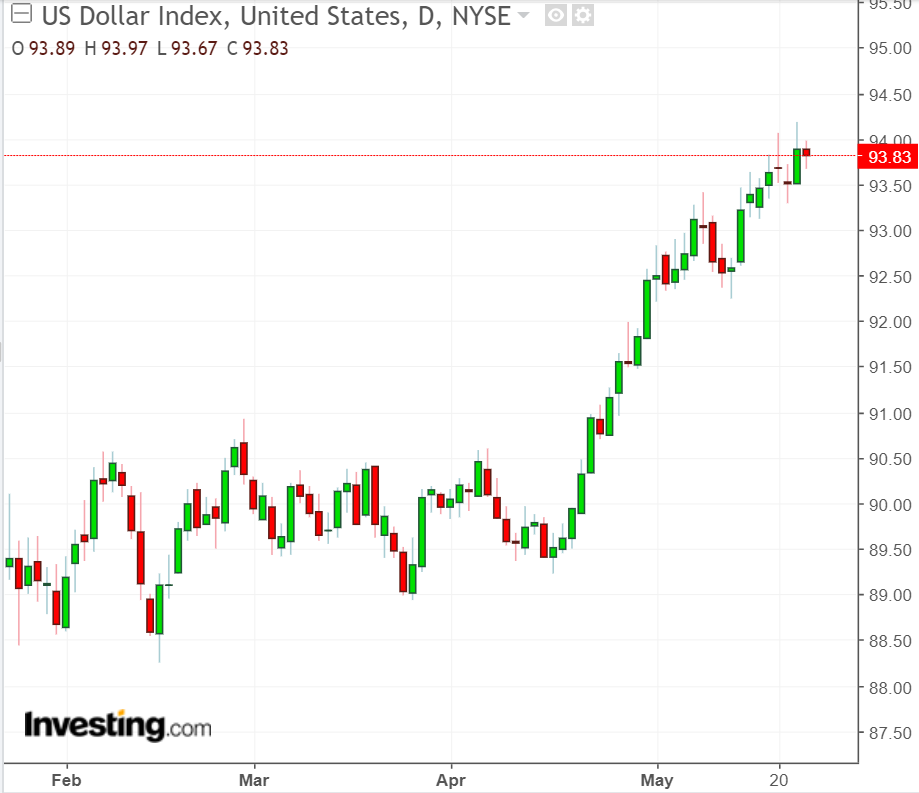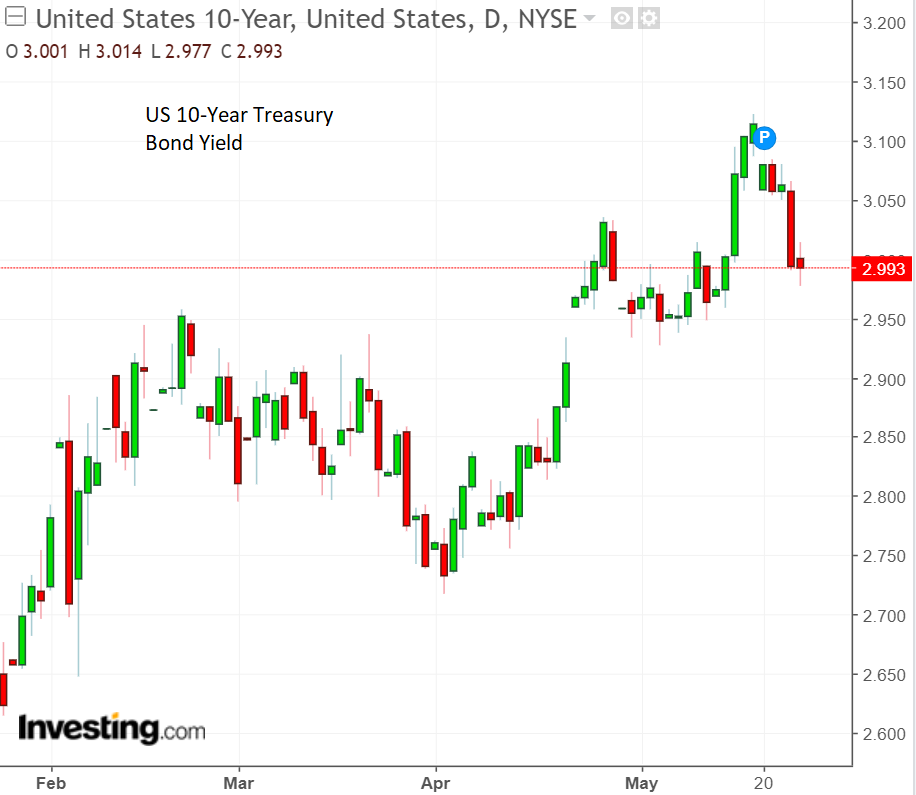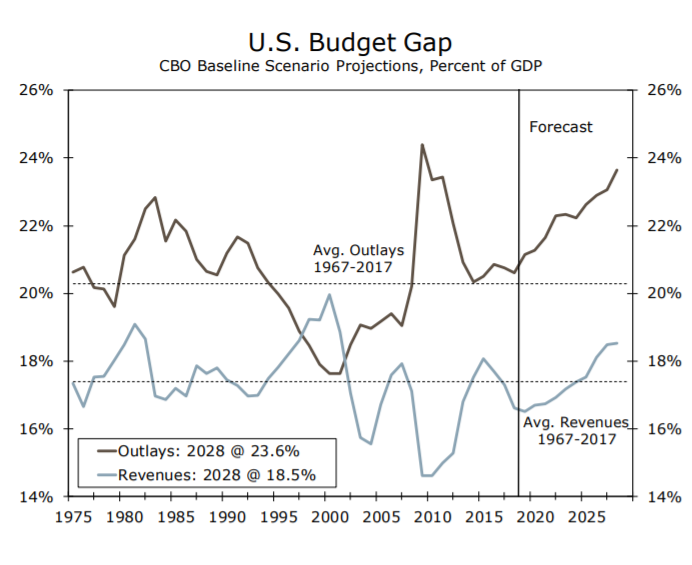US Dollar's Rise Linked to Bond Market Seasonality by Wells Fargo, Suggesting a Limited Shelf-Life for the Rally
- The Dollar's 'spring rising' was linked to a fall in US Treasury Bond prices
- Evidence of seasonality suggests timing of the rally may not have been a coincidence
- Seasonality in bond markets may be because of timing of release of spring budget

© RCP, Adobe Stock
The recent Dollar rally may have been due to seasonality in the bond market, according to research from Wells Fargo, a finding that if correct could have implications for the longevity of the ongoing US Dollar surge.
Bond prices have a marked tendency to fall in April and rise in August says the research.
Since the Dollar tends to rise when bond prices fall (and yields on those bonds rise), the seasonal effect may have contributed to the Dollar's strong rally in April and May.

"In our analysis, we found that from the period of 2000-2017, the 10-year Treasury yield exhibited visible seasonal behavior," says John E. Silvia, chief economist at Wells Fargo.
"Yields tend to peak in May and remain high through July before falling in August and September," says Silvia.
During April and May, whilst the price of the 'benchmark' 10-year Treasury bond fell, its yield rose and eventually surpassed 3.0% for the first time in 7-years, a key landmark event.

One possible reason for the seasonality is that every April the Congressional Budget Office (CBO) releases its Annual Budget andEconomic Outlook, which contains the Federal Budget outlook for the next 10 years.
"In the most recent report, CBO anticipates that the federal budget deficit is likely to rise (chart below), a theme that has become common in its annual revisions," says Silvia.

The rising budget deficit has to be financed somehow and the usual way is by issuing government-backed Treasury-bonds, basically government IOU's.
A widening deficit means more bonds need to be issued which increases the supply; due to the economic law of supply and demand this has a dampening effect on bond prices - and a corresponding upside impact on yields.
"According to the laws of supply and demand, a greater supply of Treasury securities on the market suggests a lower price and higher yield, everything else equal (bond prices and yields move inversely to each other). Therefore, it is no surprise that we see an uptick in the 10-year Treasury yield around the publication of CBO’s outlook in April," says Silvia.
Get up to 5% more foreign exchange by using a specialist provider to get closer to the real market rate and avoid the gaping spreads charged by your bank when providing currency. Learn more here.




